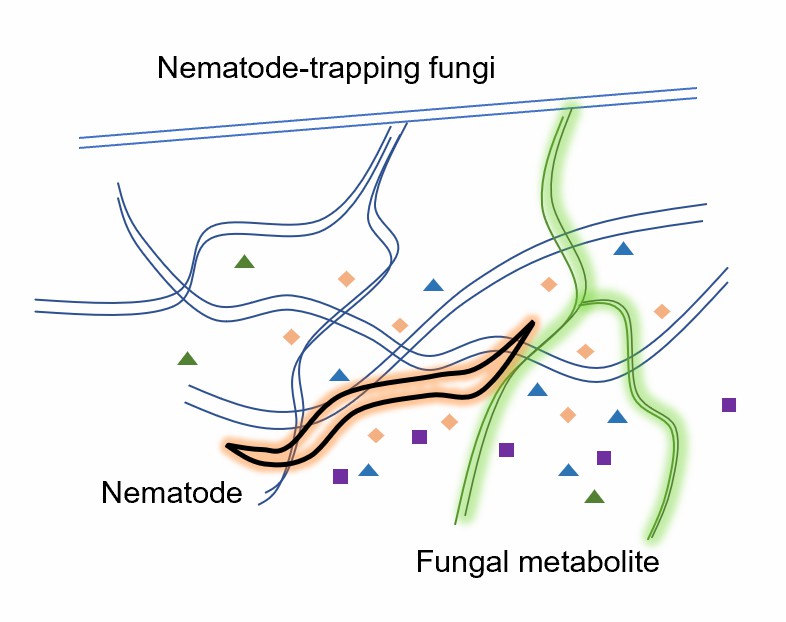Analysis of Nematode Interactions with Other Pathogens
Nematodes are a significant component of soil biomass and play an important role in soil ecological processes. They are involved in many interactions affecting crop plants, but most nematodes present in the soil, c. 70%, do not directly feed on plant roots. However, the plant root provides the resource upon which several nematode trophic groups are ultimately dependent. Bacterial feeders, fungivores, omnivores, and predators, and plant parasites, are attracted by root exudates into the rhizosphere, where they interact with one another.
Lifeasible possesses enriched experience in plant science, performing various strategies to help our clients analyze nematode interactions with other pathogens. Our scientists and expert technicians have been dedicated to customizing your program to meet your requirements.
- Several nematode species act as disseminators of bacterial pathogens by ingesting them and carrying them within the alimentary tract.
- However, in many instances where nematodes carry bacterial spores on their body surface, they act as specific vectors, and an obligate etiological relationship is established between nematode and bacterial pathogen in the manifestation of the resulting disease.
- We provide analysis services of nematodes' interactions with bacteria, such as Erwinia carotovora, Xanthomonas phaseoli, Pseudomonas fluorescence, Bacterium necrosis, and others. In addition, we help explore the mechanism of bacterial infection.
- Many species of nematodes ingest viruses when they feed on the roots of virus-infected plants, but it is now well established that the natural transmission of nepoviruses is only by longidorid nematodes, in the genera Longidorus and Xiphinema, and the tobraviruses by trichodorid nematodes, Trichodorus, and Paratrichodorus species.
- We provide analysis services for nematode interactions with viruses, the sites of virus retention within each vector genera, the association of virus particles with nematode vectors, the transmission of the viruses, and so on.
Lifeasible is pleased to share our cutting-edge technology and extensive expertise in plant science to facilitate our clients' research and project development. We can offer high-quality customized services by adjusting protocols to meet specific requirements. If you are interested in our services or have any questions, please feel free to contact us or make an online inquiry.
For research or industrial raw materials, not for personal medical use!
 Fig.1 Nematode-trapping fungi produce diverse metabolites.
Fig.1 Nematode-trapping fungi produce diverse metabolites.